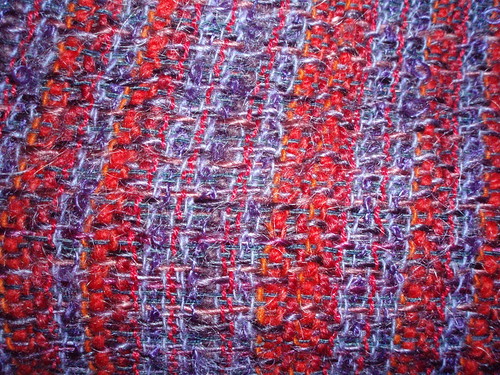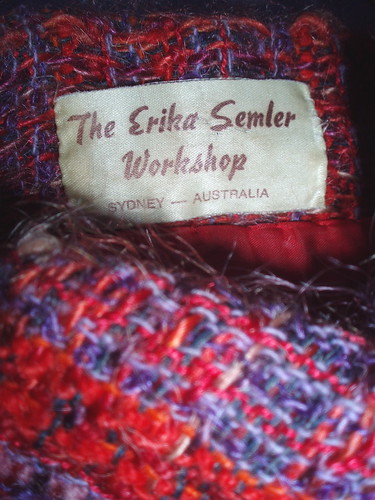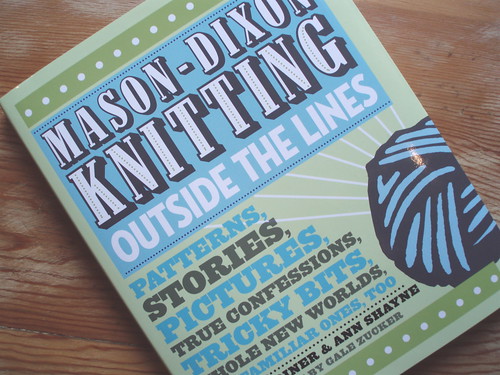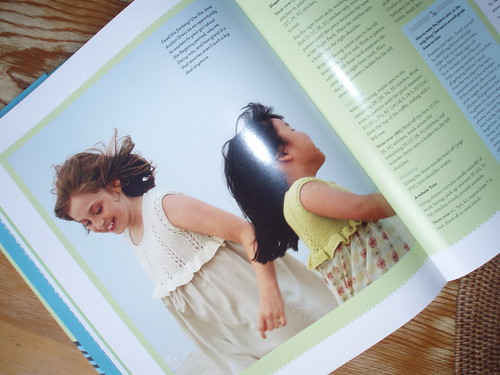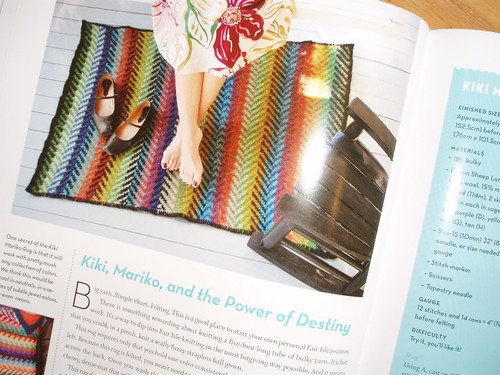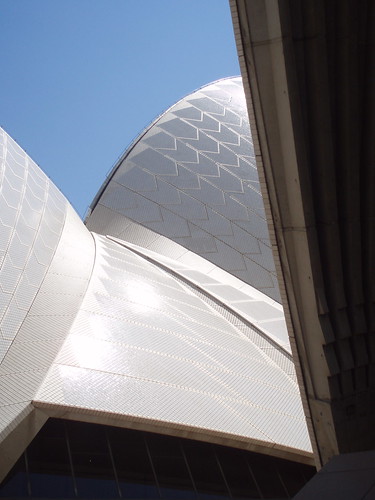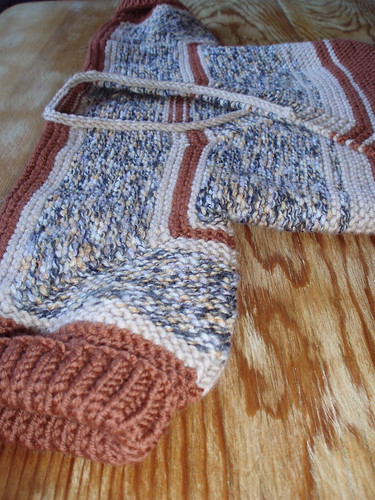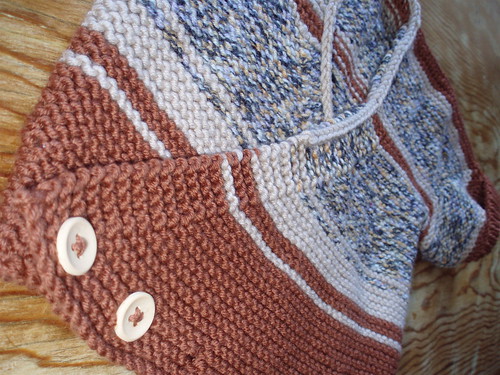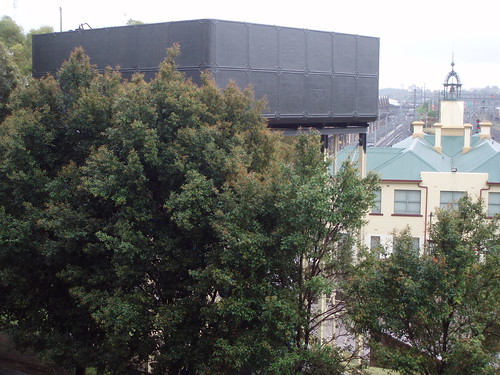But in comparison with another crafting passion from my past - decoupage - knitting's image problem is negligible. I was a very committed decoupeur for many years, but I usually avoided telling people about my crafting passion, and was often embarrassed or defensive if others discovered this madness that filled my spare moments. I've recently started some decoupage again, in response to a special request from a friend, and I've been newly overwhelmed by the pleasure I get from this rather obsessive and extremely finicky craft.
I love the designing stage, when you have to play with any idea you have to accommodate it to the shape you are decorating. I enjoy the quest for the perfect found or created object to decorate. Of course I love choosing colours and searching for and choosing appropriate paper images. I like the care I need to take to cut-out the images (though this is sometimes frustrating as well) and the make-or-break moment when the images are glued to the prepared object. But what I most love is the weeks of finishing; coat after coat of fine varnish, sanded periodically, so that the images sink beneath the glowing surface.
I've kept very few of the things I've made; only a couple with which I was particularly pleased. One is a small trifold screen (80 x 48cm) which I labelled 'After Fornasetti'. The black and white architectural design on one side is clearly influenced by the Italian designer, Fornasetti, and the other side is a traditional patchwork design in black and gold papers.


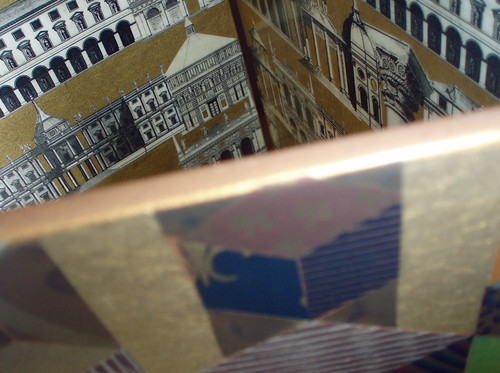
I use the screen to hide some unsightly but necessary clutter that lives on top of a cupboard in one of the bedrooms.
The other object I've kept is the 'Barcelona' box. I found the box itself on sale in a gift shop in Manila, and after painting it, decorated it with a combination of pastel-coloured images of famous Barcelona Modernist buildings, and tiny scraps of paper used to imitate Gaudi mosaics - I had long been fascinated by the Gaudi mosaics in Parque Guell in Barcelona.
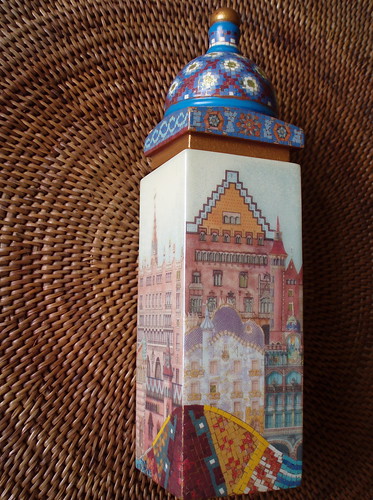
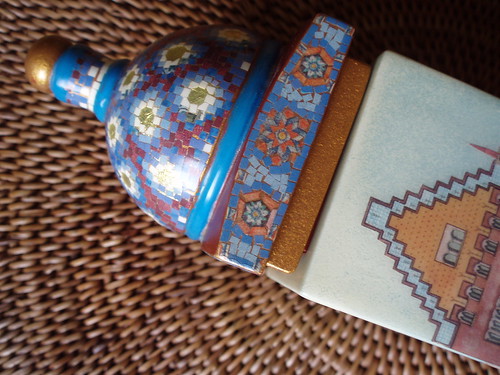
The dimensions of the 'Barcelona' box are 19 x 5cm. It's an absolutely useless object, and mostly lives in a storage box. However, having unwrapped it to take these photos I'm newly delighted by it, so I'll put it somewhere I can see it from time to time.
I think I'm deeply satisfied by both knitting and decoupage because they share the quality of making something beautiful from everyday materials, and because they both pose the challenge of being creative within well-established conventions and with repetitious skills.
So, there you are. I'm a practitioner of not only one daggy craft, but two! Deeply un-cool.

